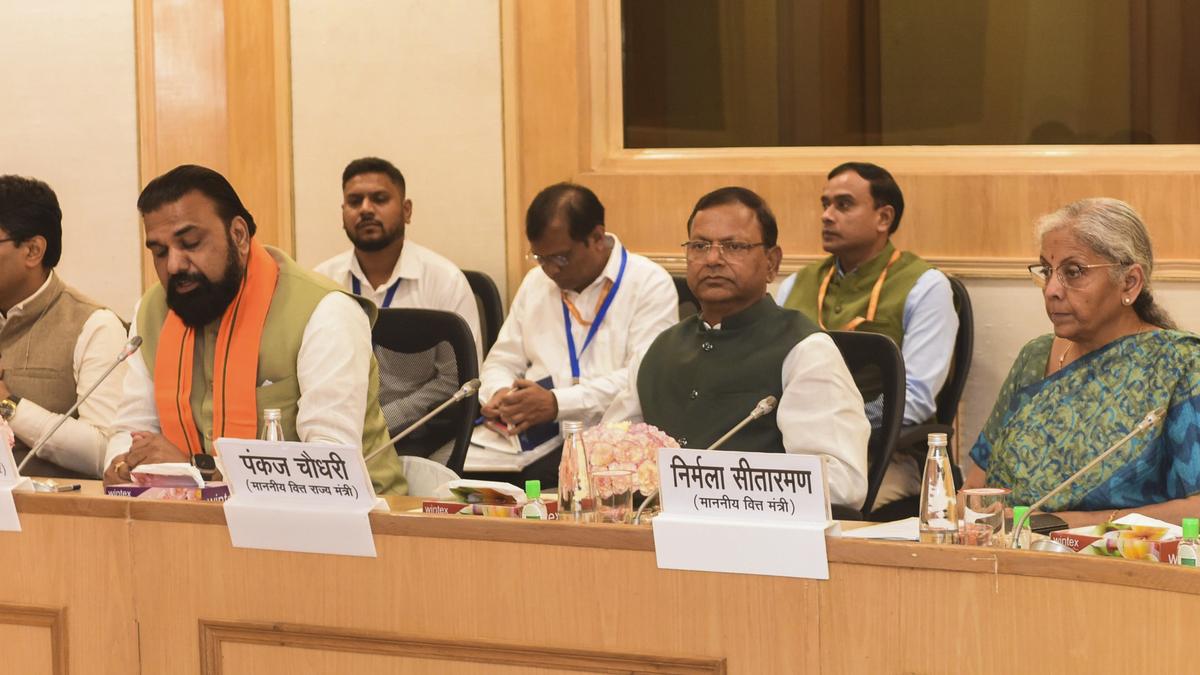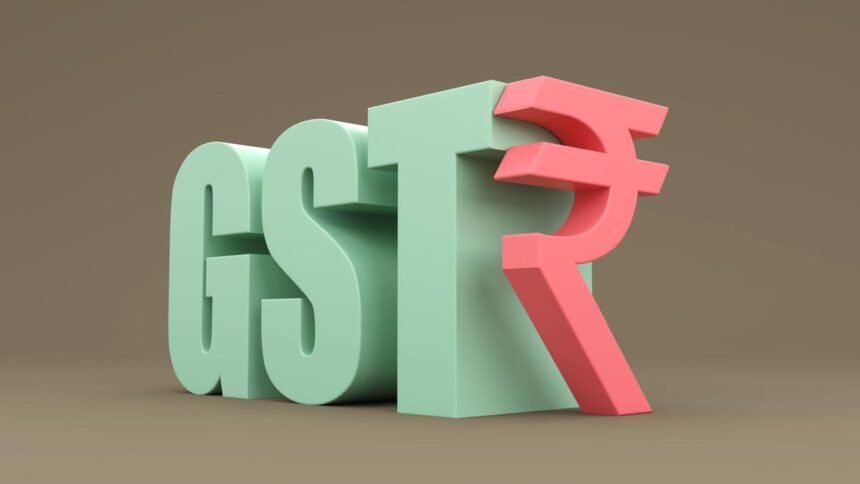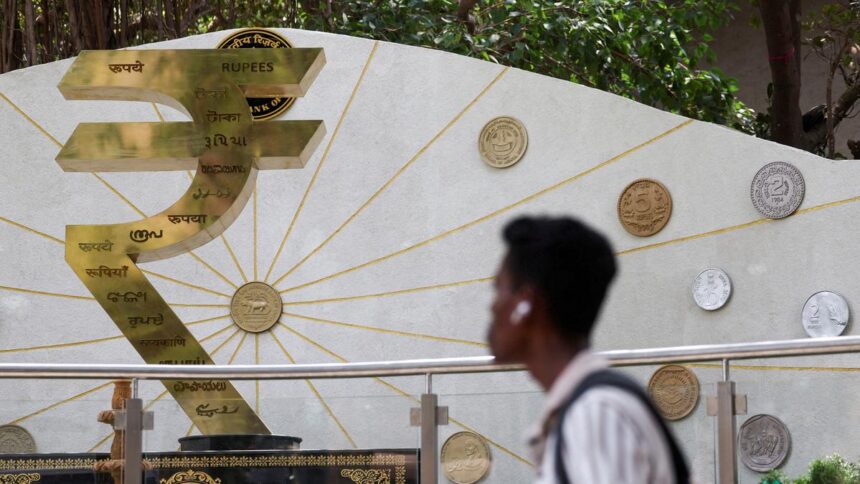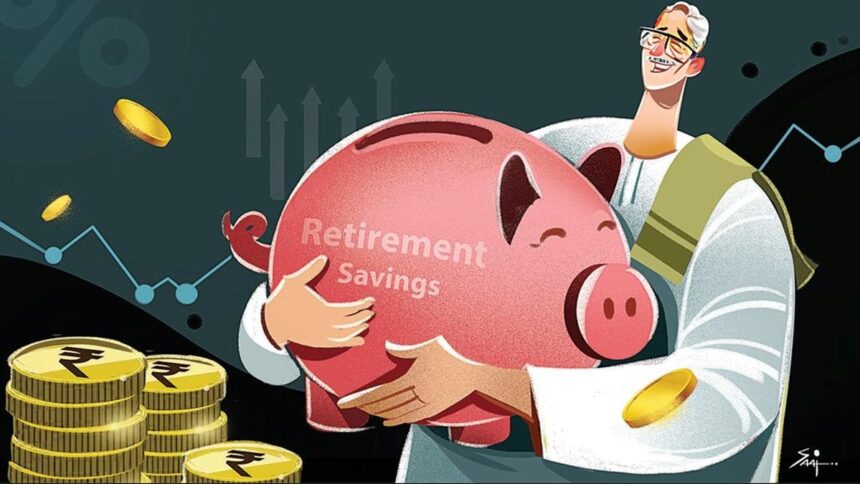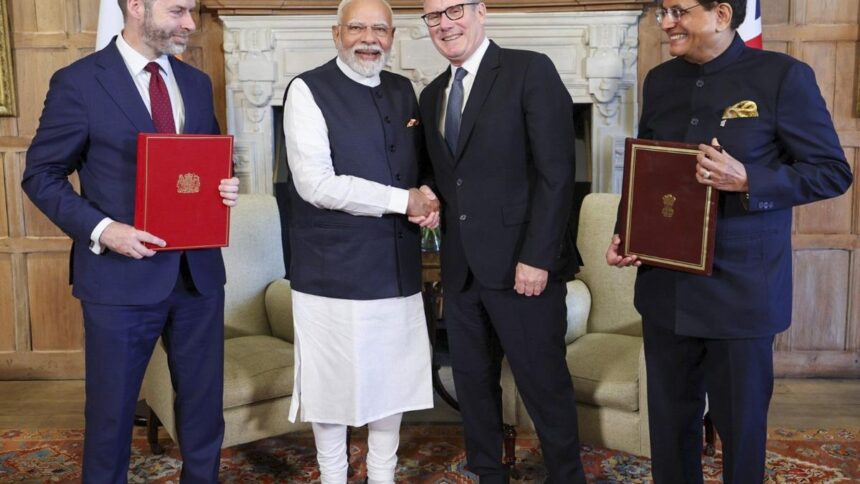
Finance Minister Nirmala Sitharaman chairs a meeting of Group of Ministers (GoMs) constituted by the GST Council on Compensation Cess, Health and Life Insurance, and Rate Rationalisation at Vigyan Bhawan, in New Delhi. File. Photo: X/@FinMinIndia via PTI
The story so far: The Group of Ministers (GoM) appointed by the Goods and Services Tax (GST) Council to look into the rationalisation of rates in GST says it has accepted the Union government’s proposals on how to go about the process. The GST Council said it will hold its next meeting on September 3-4 and discuss the proposals. The Union government had suggested rate changes that would not only simplify the GST structure, but would also go a long way in reducing the average effective tax rate.

What did the Union government propose on rates?
In his Independence Day speech, Prime Minister Narendra Modi announced a number of reforms, among which was a “Deepavali gift” of next-generation reforms to GST. In the days that followed, the government made clear what it was proposing: reducing the number of slabs in GST, and moving most items to lower rates.
The GST currently has at least seven different rates: 0.25%, 3%, 5%, 12%, 18%, 28%, and a compensation cess levied on the items in the 28% slab. The Union government proposed to reduce these to four: a rate of less than 1% for the items currently in 0.25% and 3% (diamonds, semi-precious stones, jewellery, and precious metals), 5%, 18%, and 40%. As per the proposal, 99% of the items currently in the 12% slab would move to 5%, and 90% of the items in the 28% slab would move to 18%. The remaining items in the 28% slab — mainly ‘sin’ goods and services such as tobacco, cigarettes, and online gaming — would move to a higher tax rate of 40%.
However, the thrust of the change is to ensure that vast majority of items would be in just the two slabs of 5% and 18%.
Why did the Centre have to propose this?
The GST Council has long been aware of the need to rationalise rates in GST, and had set up a GoM for the same purpose in September 2021. However, the GoM on rate rationalisation was composed entirely of representatives from the States. Therefore, in order to put its ideas across, the Centre needed to submit a proposal.

The GoM has accepted this proposal and has recommended it to the GST Council.
What does this mean for the common consumer?
According to a calculation by the State Bank of India’s economic research wing, if the proposals are accepted by the GST Council, the average tax rate under GST is expected to fall to 9.5% by 2026-27, from a notional rate of 14.4% in May 2017 and 11.6% as of September 2019.
The Union government has said it wants to reduce the tax on common-use items, which means that items like soap, toothpaste, and other toiletries — currently taxed at 18% — will be taxed at 5%. Common food items such as sugar, tea, coffee, edible oil, spices, along with lifesaving drugs and apparel less than ₹1,000 will remain in the 5% bracket.
Non-luxury cars, ACs and fridges — currently taxed at 28% plus a compensation cess — are expected to move to 18%.
What are the revenue implications?
According to economists, the hit to GST revenues could range between ₹1.1 lakh crore and ₹1.8 lakh crore, to be half borne by the Centre, and half divided across the States.

To put this amount in context, the Reserve Bank of India (RBI) transferred a record dividend of ₹2.69 lakh crore to the government for 2024-25.
Even if the Union government does not receive such a large dividend from the RBI this year, it will be able to quite comfortably absorb the revenue hit from the GST rate cuts.
The States, on the other hand, are more concerned. Kerala Finance Minister K.N. Balagopal, a member of the GoM on rate rationalisation, said the GoM has suggested to the GST Council that if the States incur any losses due to this rationalisation, there should be a mechanism to compensate them.
Published – August 24, 2025 03:58 am IST







